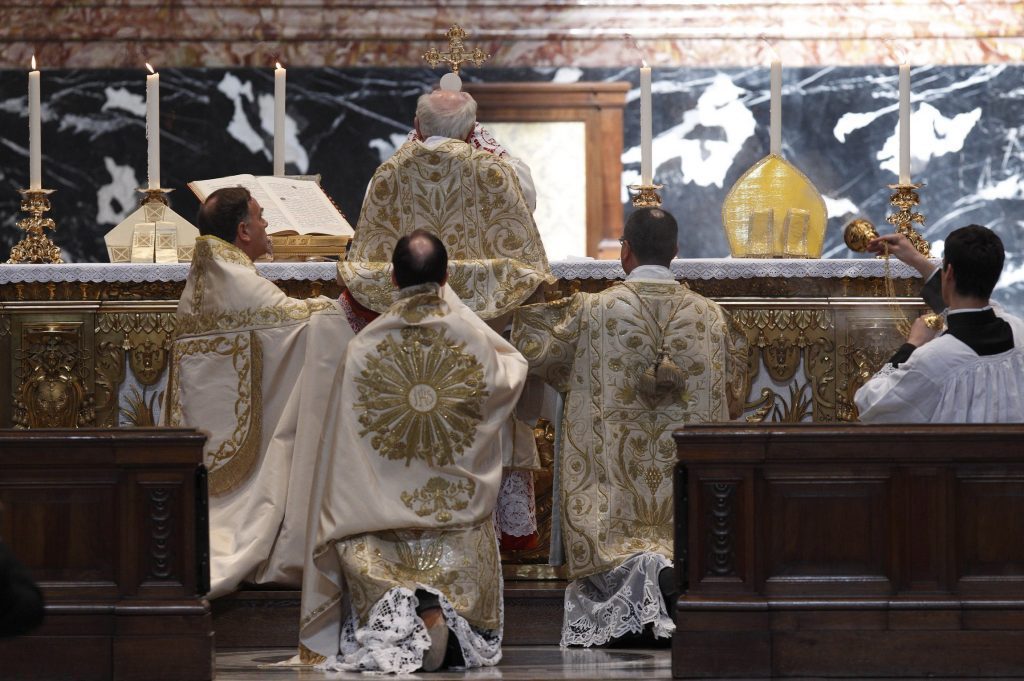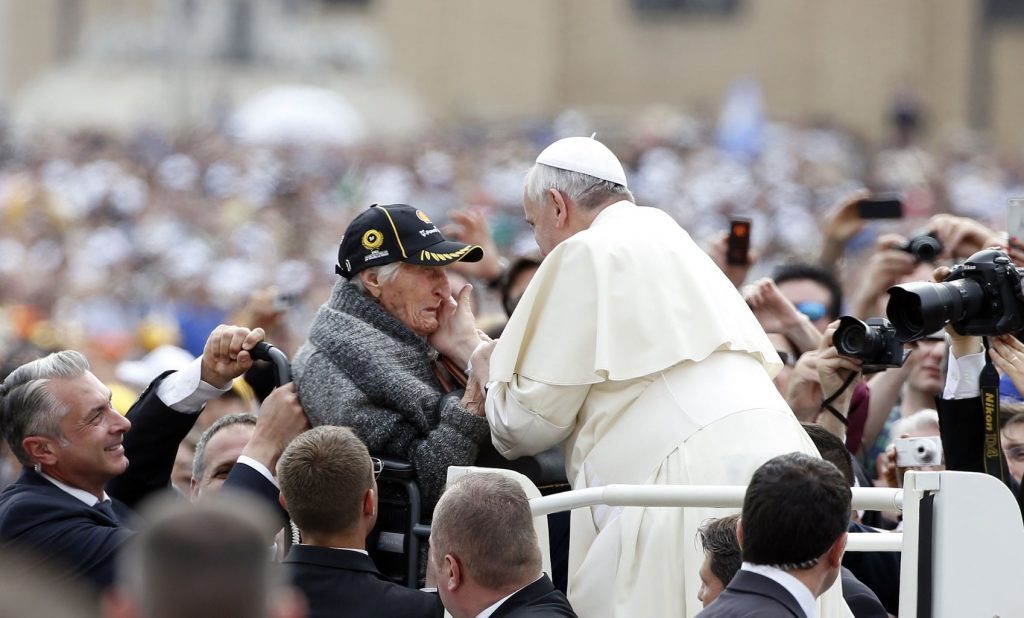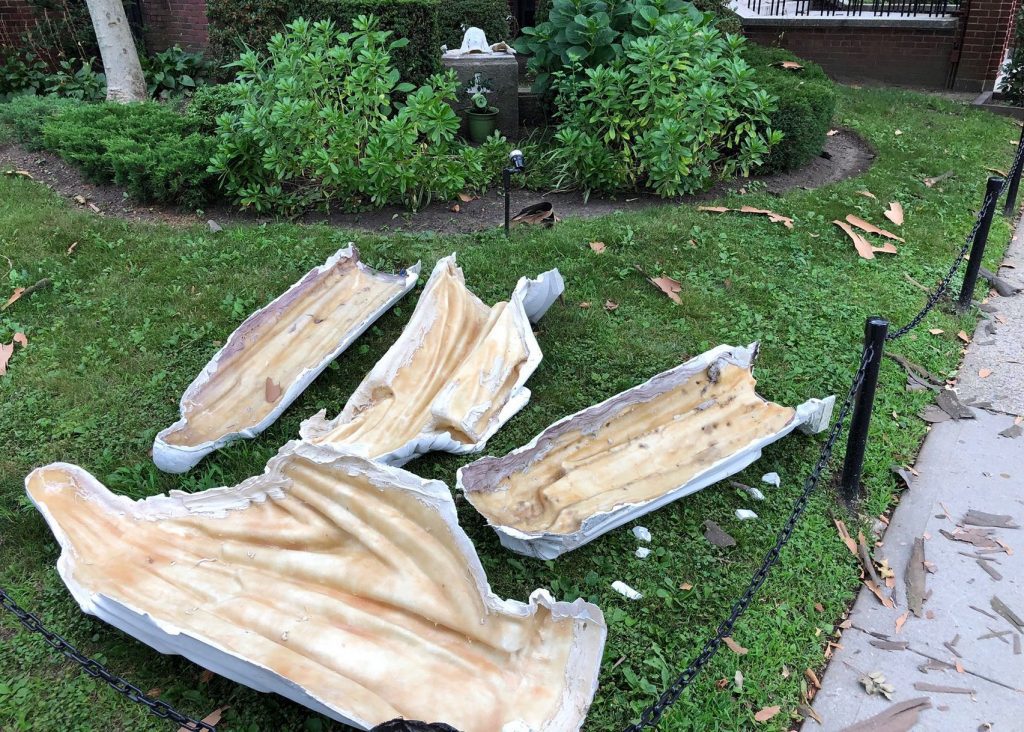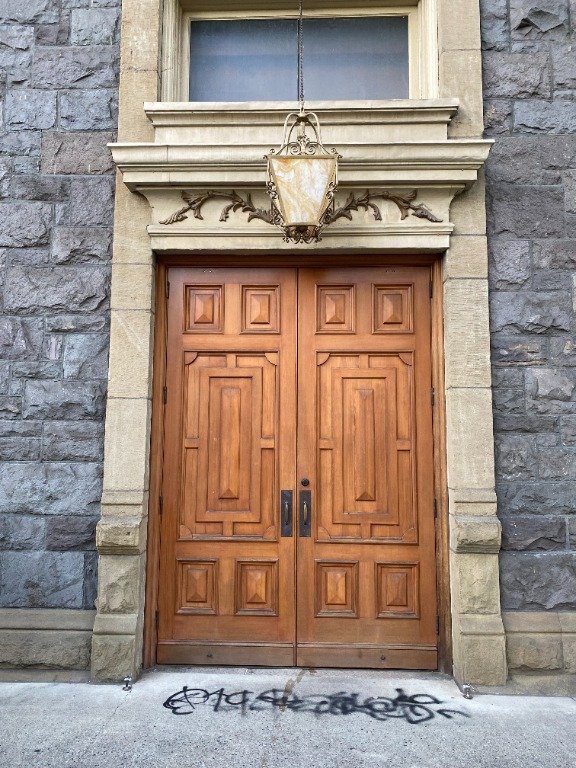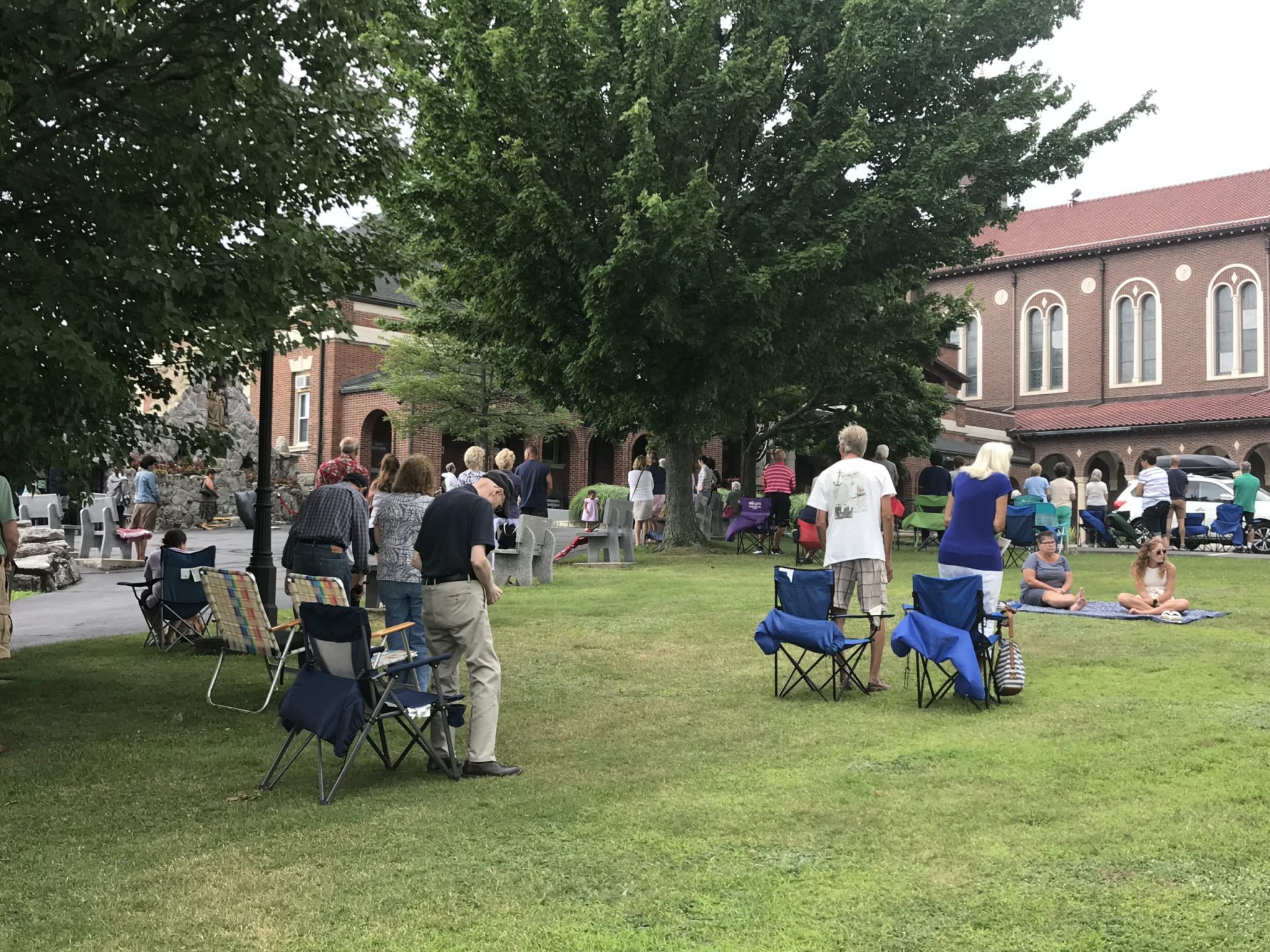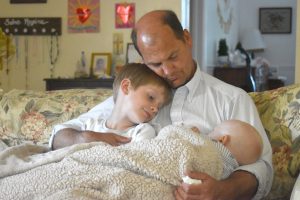
“To have … To hold … To honor: Supporting God’s gifts of love and life in marriage” is the theme of Natural Family Planning Awareness Week July 25-31.
The educational campaign of the U.S. Conference of Catholic Bishops will celebrate God’s vision for marriage and promote the methods of natural family planning through a social media presence at #NFPWeek and through NFP events scheduled in dioceses across the country.
The start of NFP week coincides with two other July 25 observances that underscore and celebrate the value and dignity of all human life: the anniversary of St. Paul VI’s 1968 encyclical “Humanae Vitae,” articulating the church’s beliefs about human sexuality, marriage, conjugal love and responsible parenthood, and World Day for Grandparents and the Elderly, instituted by Pope Francis earlier this year.
The development of NFP provider organizations is up sharply in recent years. NFP research continues to make relevant strides as well, according to Theresa Notare, assistant director of natural family planning in the Secretariat of Laity, Marriage, Family Life and Youth at the USCCB.
“But if you look at it from the perspective of user rates in the U.S., it looks like a failure,” she told Catholic News Service.
The Centers for Disease Control’s National Survey of Family Growth says less than 1% of Americans of reproductive age are currently using some type of natural method.
Although the rate is a little higher within the Catholic Church — usually among those who not only fulfill their Sunday Mass obligation but often attend weekday Masses as well, Notare noted – “there are layers of knowledge and acceptance.”
“I would think that among progressive people who are interested in protecting the environment, doing something healthy for their body and employing a holistic approach to living, that natural family planning would be well known, understood and beloved,” she said.
“But it’s not,” she added. “Actually, there are probably higher user rates of any natural method in countries that are not as well developed, where they’re focused on family, less in love with technology and not as immersed in the ‘me’ culture and ‘what I want.'”
Many Catholic couples aren’t necessarily rejecting the idea of natural family planning, Notare suggested, they simply haven’t given it much thought because what’s put in front of them at every turn are the culturally accepted alternatives.
According to the Catechism of the Catholic Church, natural family planning is a general title for the ethical, natural, safe and effective methods for achieving or avoiding pregnancy in marriage.
Couples are taught how to observe and interpret their signs of fertility and infertility in a way that respects the bodies of the spouses, encourages tenderness between them and favors “the education of an authentic freedom.”
The sacred responsibility of being open to the possibility of children is intrinsic to the purpose of marriage and the complementarity of the man and woman who come together in the sacrament. This discernment, achieved through prayer and communication between the husband and wife about when and how many children the couple can nurture and support, is crucial to that call.
The Catholic Church supports the postponement or avoidance of pregnancy if the methods used to achieve it do not interfere with God’s gift of fertility.
By honoring God’s plan for marriage and preserving the dignity of both spouses, as well as the life that would be created, NFP bestows the grace of a deeper bond between the spouses and enriches family life. Couples learn how to create a “happy tension,” as Notare put it, between what they discern God wants for their lives, what they want and how many children they feel they can support.
In the U.S., the main methods of natural family planning fall into one of three categories: cervical mucus methods, sympto-hormonal methods and symptom-thermal methods. All three rely on daily observation, testing and recording (charting) to determine the couple’s most fertile time each month and therefore the period during which conception is most likely.
Cervical mucus methods hinge on a primary sign of the woman’s fertility, the characteristics of her cervical mucus, which is observed and charted daily.
Sympto-hormonal methods – sometimes referred to as the Marquette method – tracks several daily indicators of a woman’ fertility, including her levels of reproductive hormones. Symptom-thermal methods use at least two indicators of fertility, including the characteristics of cervical mucus and basal body temperature.
Lisa Everett, director of Marriage and Family Ministry for the Diocese of Fort Wayne-South Bend, Indiana, perceives that the number of Catholics couples using NFP is growing. Partly responsible, she believes, is the recent awareness and embrace among the general population of the gamut of fertility awareness-based methods of family planning, referred to as FABMs.
“While FABMS don’t have the same moral rules surround them, the fact is that this has become a much more popular option,” said Everett. “It means that there’s more acceptance and awareness of all things natural in our society.”
FABMs include barrier methods of pregnancy prevention, though, so care must be taken regarding blanket support of them, warned Notare. A cornerstone of NFP, on the other hand, is abstinence from sexual relations during fertile days in a woman’s cycle for couples trying to avoid pregnancy.
The initial reaction Deanna Johnston sometimes gets from engaged couples who are presented with information about natural family planning is a sentiment she understands all too well. The director of NFP and of the Office of Family Life for the Diocese of Tyler, Texas, readily acknowledges that NFP can sometimes be a cross.
“Abstinence is hard,” she affirmed. Still, she considers NFP to be a “gift of the Holy Spirit.”
A mother of four and NFP user herself, Johnston and her husband believe that first and foremost, a marriage should remain open to new life. But when it makes sense to postpone pregnancy, “there is a tool that Catholic can use in good conscience to do that.”
“What I see with couples is that sometimes they say, ‘We’re hesitant to begin, we’re nervous, we’re not actually sure this is going to work, but we just feel strongly that we need to try something different.'”
The modern, app-based lifestyle dovetails with NFP programs’ requirements, facilitating couples’ tracking and recording of data. That ease of access encourages Everett. “I think those two factors have made NFP more attractive to couples than it otherwise might have been.”
The FEMM app and Catholic digital fertility tracking programs are also helping to combat what Notare calls “fertility illiteracy.”
Indeed, the growth in the number, size and tenacity of NFP ministries, providers and other organizations has been “fabulous” in the last 20 years, Notare told CNS.
She hopes it will eventually combat one of the biggest challenges she sees to wider utilization of natural family planning methods: the general lack of awareness that they exist and that they constitute the church’s teaching regarding family planning as it enriches the sacrament of marriage.
NFP providers are doing their part, said Notare, teaching in parishes about the human person as God created him or her, the nature of human sexuality, the complementarity of men and women, the gift of human fertility, the sacredness of marriage, the morality and immorality of certain technological means of contraception and reproductive fertility, chastity and the theology of the body.
“They’re involved in all of these things,” she said. “They’re a small but mighty force” that are usually limited by a single factor: funding.
“The bishops understand NFP teachings and support them. The difficulty comes in regard to finances. When a bishop is able to put money behind an NFP ministry, it flourishes. With a dedicated staff person, the progress is visible.”


